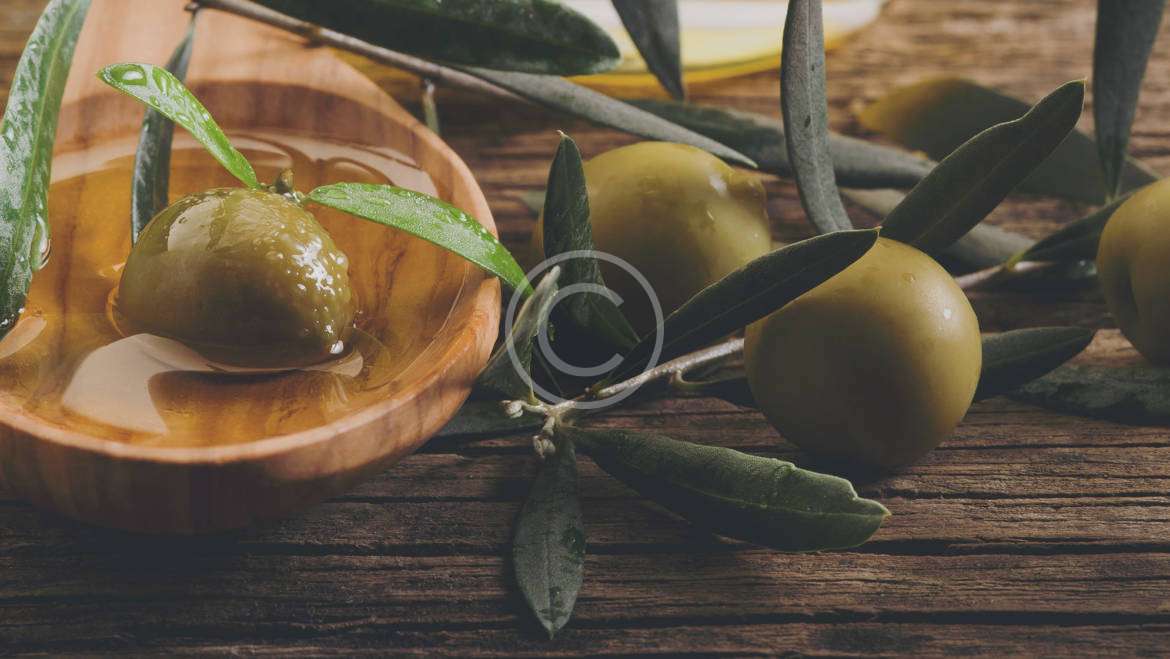The olive tree (Olea europaea) is a subtropical tree, evergreen, with edible fruit. Its height ranges from 3 to 12 meters. It lives for many decades, even centuries. The most important feature of the olive tree is longevity. By the age of 7 years, the olive tree is not productive.
From its 7 to 30 years, the tree grows while increasing its productivity. From 35 up to 150, the tree reaches maturity and full production. In 150 it starts to age, while however retaining significant productivity for centuries, sometimes for millennia.
The production of olive tree is circular, higher in one year, significantly reduced the next one. This cycle is repeated throughout the life of the tree.
The olive tree can withstand temperatures below 6-7° in winter and long droughts in summer. It grows best in areas with an average rainfall of 14 to 16mm per year, and dry summers, with temperatures reaching as high as 40 °.
ROOT SYSTEM
The olive tree has an extensive root system; this is why it manages to grow even in dry and infertile soils. The majority of roots are superficial, with a maximum depth of 15 to 20cm or 50-60cm, and only a small part reaches a depth of 100-120cm.
TREE TRUNK
In young trees the trunk is smooth, gray-green. In older trees, it can exceed one meter in diameter and its skin is of dark colour and breaks easily. The surface of the trunk becomes over the years irregular, with cracks and bumps.
STEM, BUDS
In early spring buds appear on the shoots of the olive tree, which will produce new shoots (sprouting) and flowers (blooming). During the new (annual) germination, all the buds are of the same nature (sprouting buds) and then some of them differentiate and become flowering ones.
FOLIAGE
On each knot two leaves develop opposite each other. Their upper surface is dark green while the underside is gray-green. The upper surface has a skin texture and is blade-shaped, while the mouths on the lower surface are small, round and covered with a thick cloth. This structure of the leaf, which prevents extensive perspiration and moisture loss, gives the tree resistance to dry weather, high temperatures and wind.
BLOOM, FLOWERING
The flowers are formed in groups of 8-25, usually on stems of the leaves. Each flower is created in a pouch, and consists of a small cap similar to a cup made of four sepals, the ring formed by four white-yellow petals, two stamens (male reproductive organs) opposite one another which end to anthers in the form of beans, and the pistil (female reproductive organ), consisting of the ovum at the base of the stud and a double-headed mark at its edge. Not all flowers have fully developed parts. Therefore, there are perfect flowers (with developed stamens and pistil) and imperfect flowers (with an atrophic pistil). The imperfect flowers are not able to germinate and produce fruit. The proportion of perfect and imperfect flowers varies by variety and year on year. The flowering of the olive tree begins in April in warmer areas and may continue until early June in cooler ones, depending on the variety.
FRUIT
The fruit of the olive tree has a hard kernel. Moving towards its interior, it consists of the outer layer of the pericarp, the flesh or mesocarp where the olive is formed, and the nucleus or endocarp surrounding the sperm. 6-7 months pass from the creation of the fruit until it has matured, during which the fruit passes through successive developmental stages. The formation of the olive fruit begins in August. The fruit grows in the fall to reach its maximum in December-January, during which time it has reached full maturity and is ready for harvest.

